Every turn is a new picture in Ladakh. And it is amazing how landscapes and cultures can change in a few hundred kilometers in this cold desert. The walls of dramatic mountains that hem in Ladakh make for an unforgettable landscape. And up North-West the landscape changes dramatically to an austerely beautiful enclave cradled by rugged mountains ‒ the Nubra Valley. The region is an extended flood-plain of two rivers the Nubra and the Shyok which meet near Diskit, the capital of the Nubra valley. The Nubra river flows westwards into Pakistan to eventually join the mighty Indus. And for centuries these hinterlands of the yawning valleys tucked between vast mountain ranges prospered on an extraordinary trans-Himalayan trade that originated with the Silk Road. Nubra was the center of great caravans of wool and cloth, opium, spices and skins, coral and turquoise, gold and indigo between Leh and Yarkand (in China).
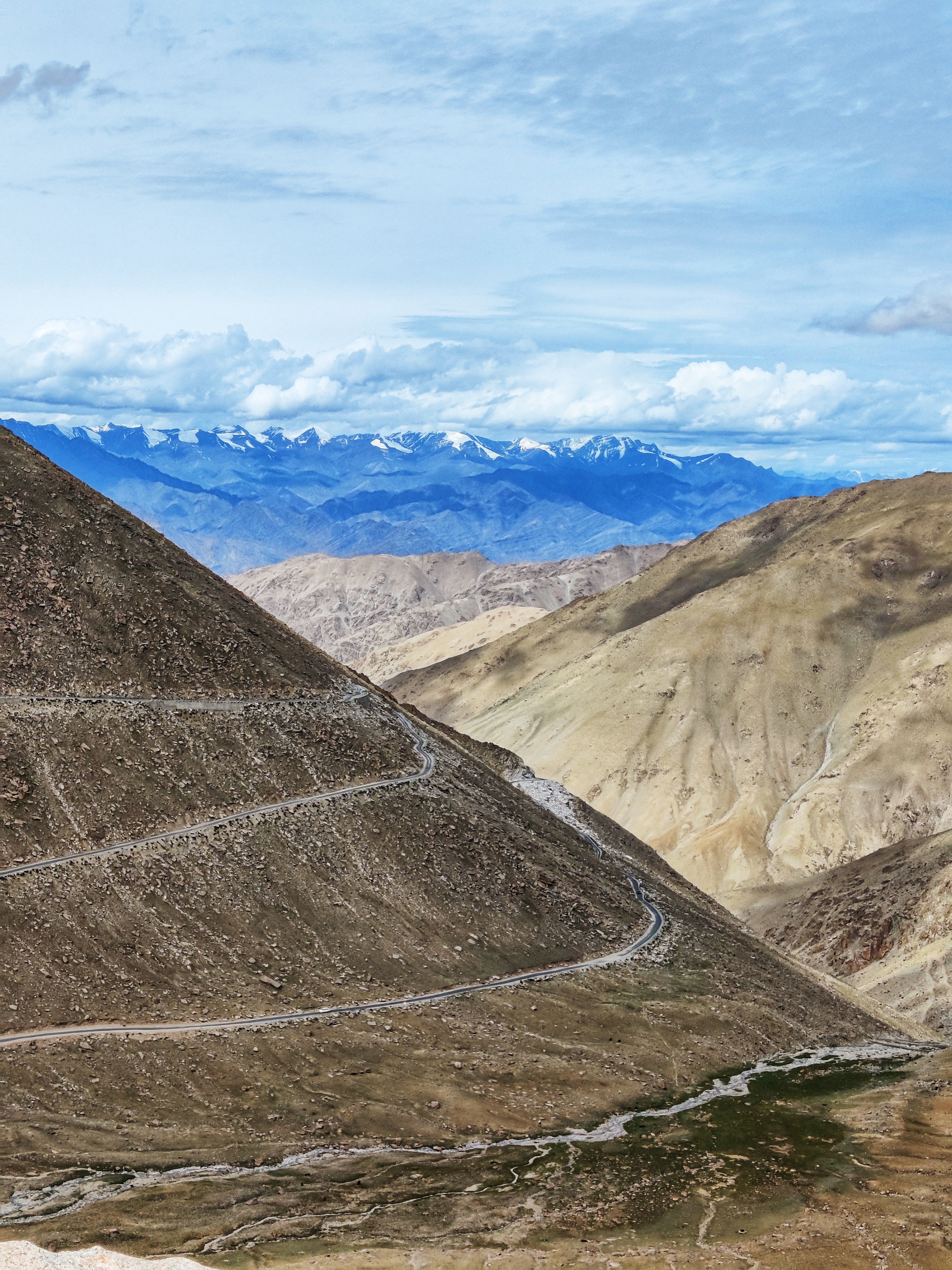
Decades of obscurity with geopolitical spasms and strategic location caught Pakistan occupied Kashmir region of Gilgit-Baltistan and China, on the other hand, it has remained a sensitive area with many parts not falling into the usual traveler map. These barren slopes with fiery mountain rivers are among the most unhampered and unadulterated mountainous regions, and have a unique culture of their own, especially in areas nearing the Baltistan area. The serenity of the valley is what drew Buddhist monks hundreds of years ago to set up numerous spectacular monasteries in the area.
Traveling through Nubra valley is like living in a movie frame, and every frame surprised with its texture and color. It can turn from a green valley, to rocky and rugged, to a desert within minutes. The five-hour journey of some 110 kilometers from Leh to Diskit is a kaleidoscope of colors and emotions as you cross the world’s highest motorable pass (Khardung La pass), and then downwards to a valley and huge river plains. The roads are good and the drive enjoyable. As you plunge into the Shyok Valley via Khardung village, distant hamlets and their patchwork fields add a human touch to the muscular scenery so far. The valley has earned the sobriquet of ‘Orchard of Ladakh’ owing to the numerous plantations here, especially of apricot and willow.

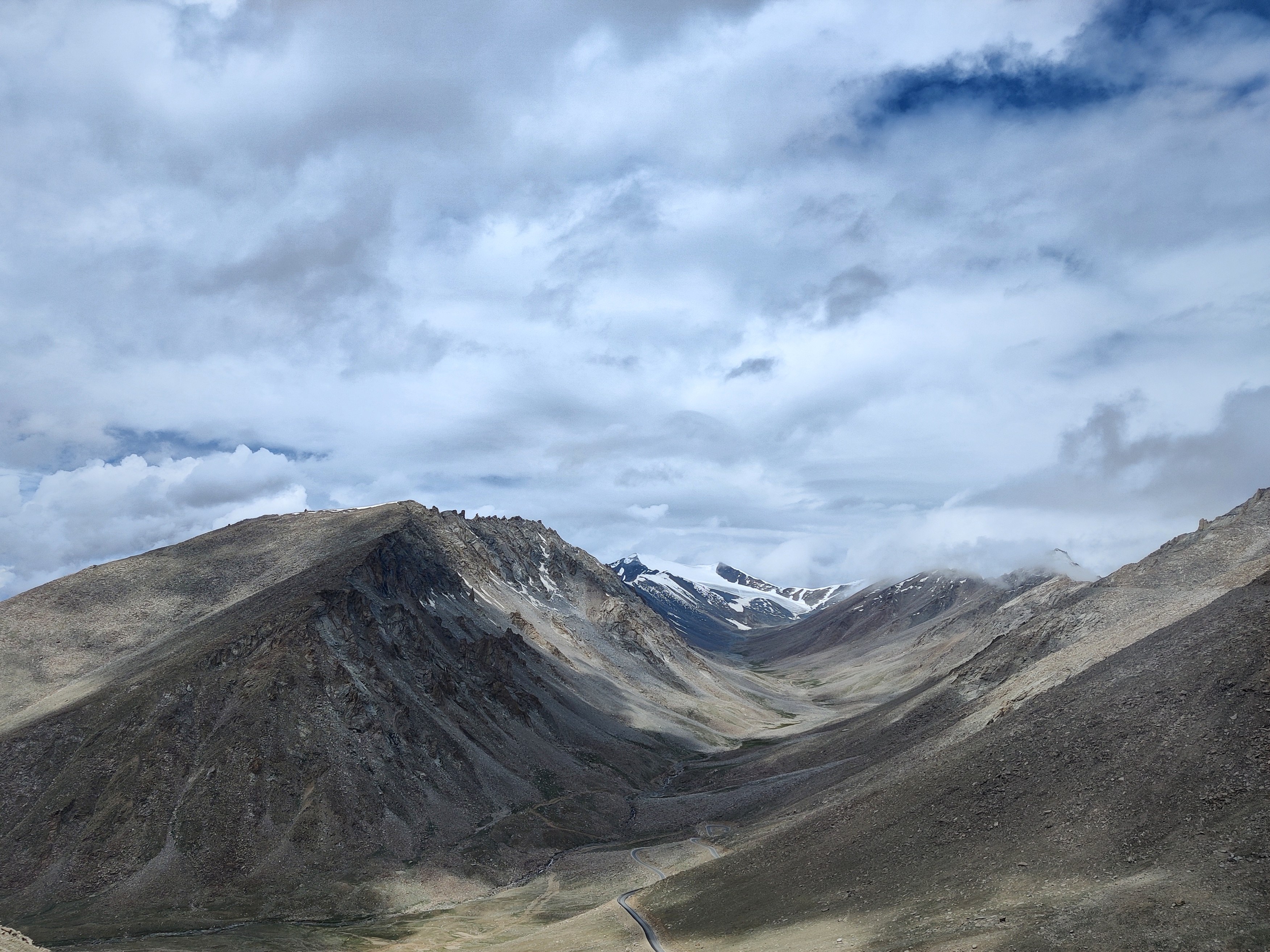

The first major town that comes is Diskit, easily identifiable from far because of the 15th century Diskit Monastery and the giant statue of Lord Buddha. The monastery atop the hill looks impressive. The giant statue was inaugurated by the Dalai Lama in 2010 and offers splendid views of the valley. The settlements are some handsome homes set amidst groves of poplars and fields of barley. It’s a joy to walk along the walls (elongated, almost artfully arranged mounds of stones engraved with Buddhist prayers and mantras). A little uphill a network of paths and lanes weaves among the monks’ quarters and offices leading to prayer halls. If one comes early in the morning, one can catch the daily morning prayers ‒ chanting monks, drums, and deep horns. In another hall, there is another statue of a protector deity brandishing a mummified head and arm of a Mongol soldier.

The surreal charm of sand dunes of Hunder
The vibe of Nubra gets clearer as one enters Hunder, some 10 kilometers from Diskit. And the road to Hunder is equally enticing with the Hunder sand dunes on one side of the road. After crossing Diskit town, one can spot the rolling sand dunes on the right side of the road. Feral Bactrian camels can be seen grazing on the dune-like landscape between the foot of the mountains and the Shyok River. The Hunder village has a peculiar charm, and it’s a joy ambling through the village donned with hostels, hotels, and guest-houses for travelers as if the entire local economy had settled on tourism. The village has a roadside monastery called the Chamba. Opposite the gompa is a wall that marks the traditional pilgrims’ route orbiting several other shrines set high in the cliffs. The route may call for a good hike for some splendid views of the valley and the sand dunes. The sand dunes remain the main attraction of Hunder, especially during dusk and dawn. And the nights are equally ravishing, with the star-studded sky, and the absolute silence in the village.
The modest sand dunes invite the fancy of many travelers. And the little village has grown as a popular resort town with entire lanes and bylanes in the village clocked with guest-houses, resorts, and backpacker hostels. Some fancy restaurants and cafes have also made their way into this hip village. Locals have also backed on this growing traveler’s love for the Hunder sand dunes. They spotted the tourist potential and started organizing camel rides in the dunes, charging around INR 500 for a one-hour ride.
Hunder is a dazzling landscape with sand dunes, patches of vegetation, Shayok river flowing by, picturesque bare mountains, and clear skies.
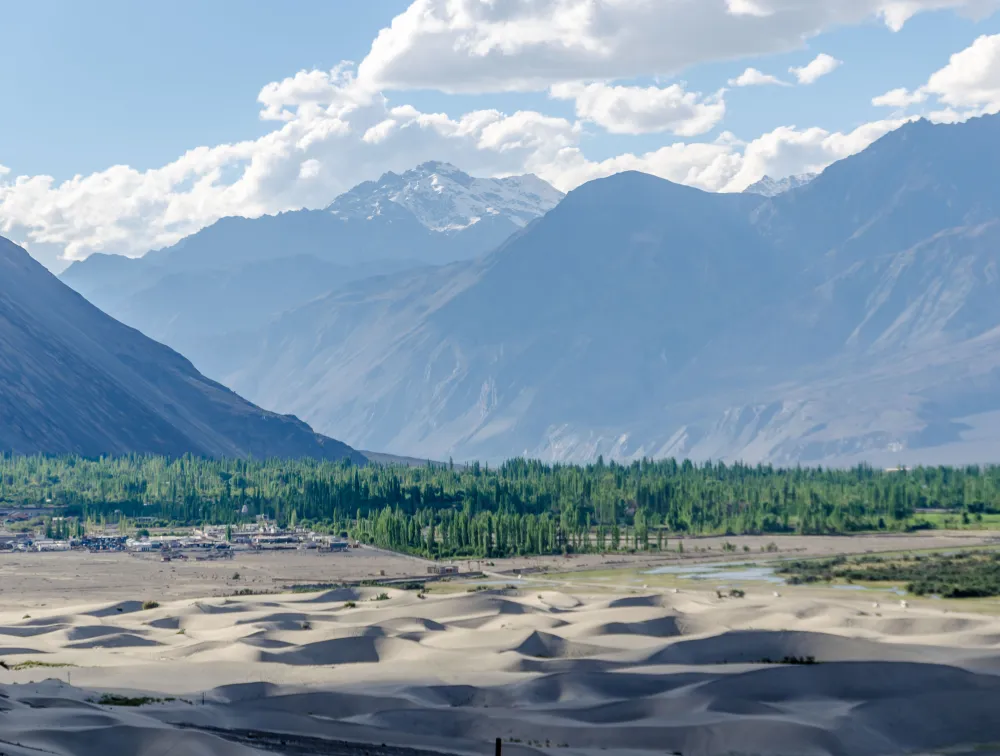

Up north to Turtok
In 2010, a stretch from the Shyok river that descends towards the Gilgit-Baltistan region was opened. From Diskit or Hunder, a 90 km gorgeous ride through a well-metalled road shadowing the spectacular river valley for much of the way with occasional detours through great boulder fields, brings one to Turtok. There are only four villages in the Balti region, and one can find a clear transformation from the Buddhist heartland around Diskit to an overwhelmingly Muslim culture towards Turtok. Being isolated from mainstream tourism for almost 60 years, Turtok and other villages in the chain still hold to their cultural past. The language change, foods change, and even the dresses change.
Turtok is the newest charm added to the traveler’s list in the Nubra valley. And while Turtok might not have the touristy feel as Hunder, a handful of friendly guesthouses cater to the embryonic tourism here. Spend at least a day here to soak in the cultural diversity, and amble through its famed apricot orchards and barley fields. Life may get much slowed here, but it has its unique charm like any other village in Ladakh.
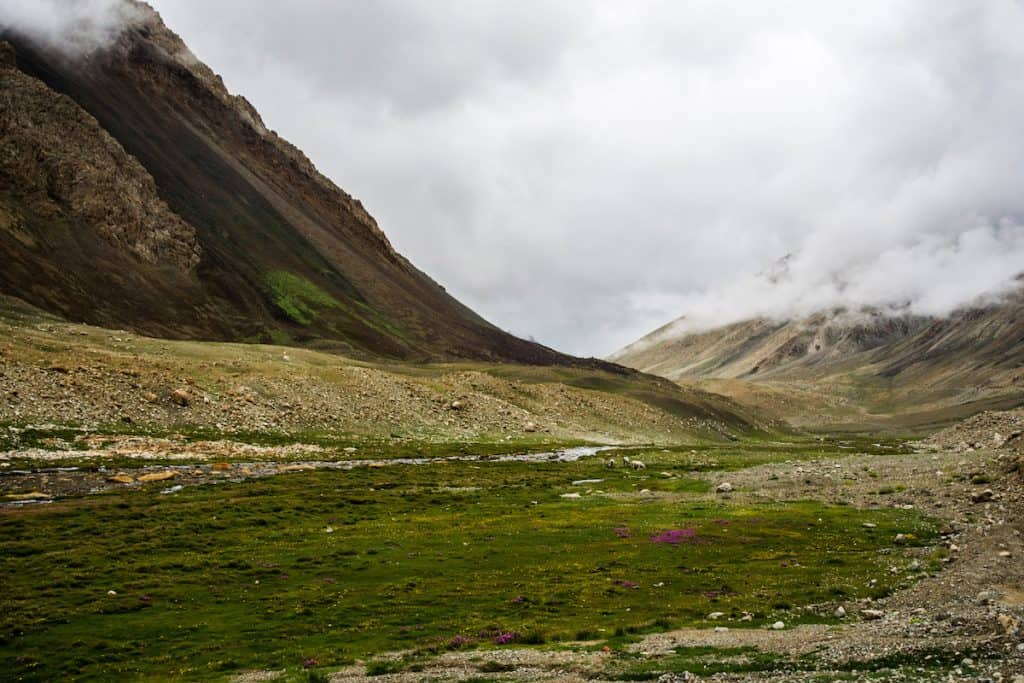
To the other side
And if one road takes you to Diskit, Hunder and thereafter up to TurTok, the other road takes you to the other side of the Nubra river, brings you to Sumur. And Sumur is to Nubra what Diskit is to Shyok valley. A junction from the Khalsar village brings you to the road leading to Sumur, and up north to Pamanik. Sumur is a somewhat spread village with charming villages. The main attraction here is Samstanling Gompa which stands overlooking the village at the foot of barren mountains. In spite of being an old monastery built in the 1840s, the Gompa has an ethereal charm with two large prayer halls and an enviable view of the valley.
Continuing up north is a gorgeous spot, completely hidden in a bowl of jagged ridges – the Terisha Tso. Nearby is Panamik which marks the end of the valley. From here one can cross the Nubra River and head back down its western bank towards Ensa Gompa. This ancient monastery, some 250 years old, was once the last word of these Nubran monasteries. The ancient gompa has expanded but retains some old-world charm, and rituals, and murals. The ancient set amidst a spring is a ravishing spot to visit, not just for the monastery but also for the natural settings.


Planning your itinerary The easiest way to travel from Leh to Nubra valley is through tour operators in Leh which includes hiring a car for yourself or being a part of group travels. One can also take public transport to Diskit and beyond. Buses to/from Leh connect Diskit (and occasionally Turtok) and Sumur. There are also shared taxis to/from Leh and even between various Nubra destinations. Once in Nubra tailored itineraries can be fixed. A Diskit taxi stand is a place for that. There are also buses and shared taxis from Diskit to Turtok and Sumur which can be taken. Public buses have a strict time and they operate only on certain days of the week. Usually, the same bus that goes one day from Leh returns the other day, and hence the normal frequency of the bus is every alternate day.

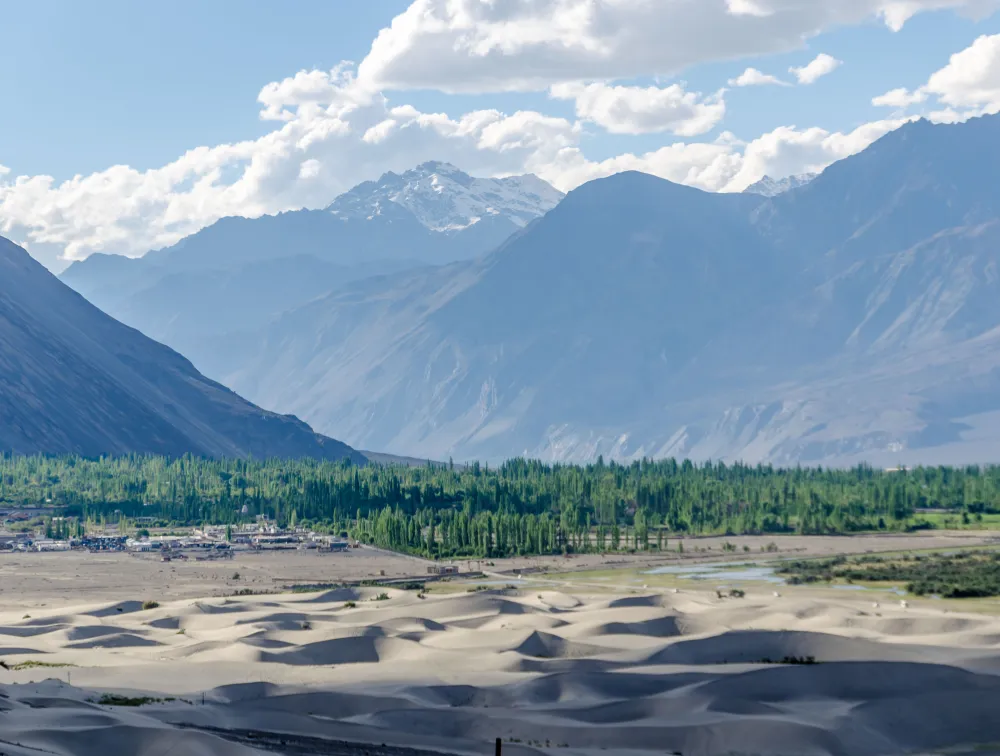








[…] but not that morning. The thought of covering the Nubra valley (read my post on Nubra Valley here), which I had intuitively put at top of my ‘to have experiences’ list was both overpowering and […]